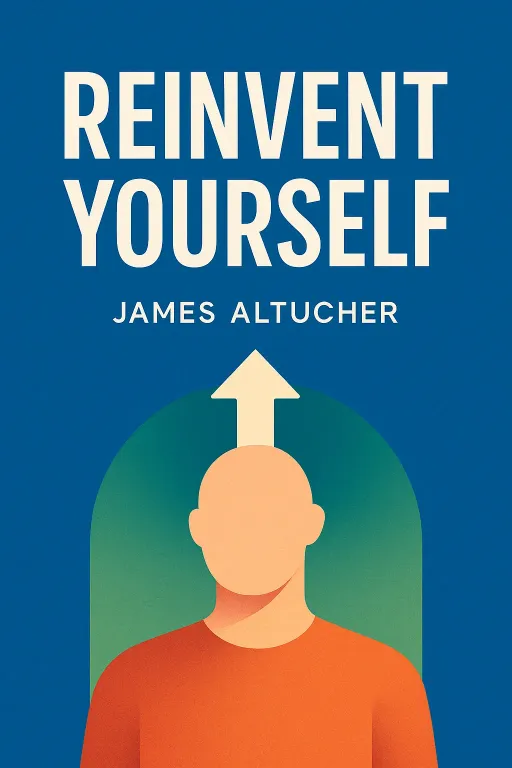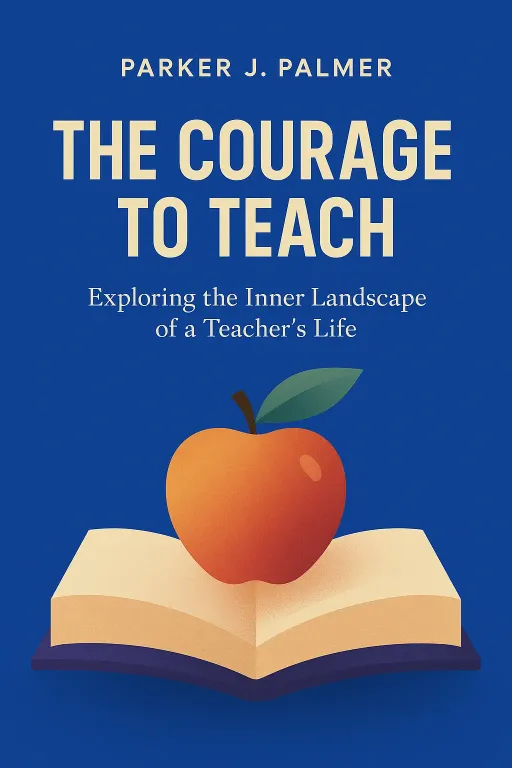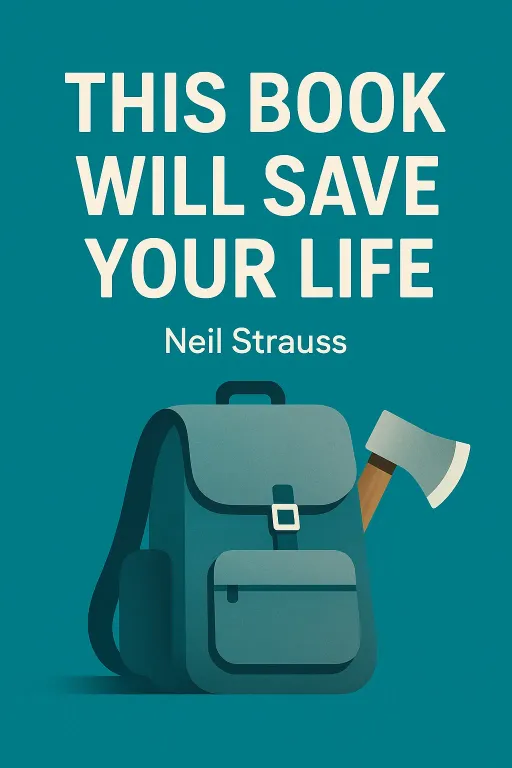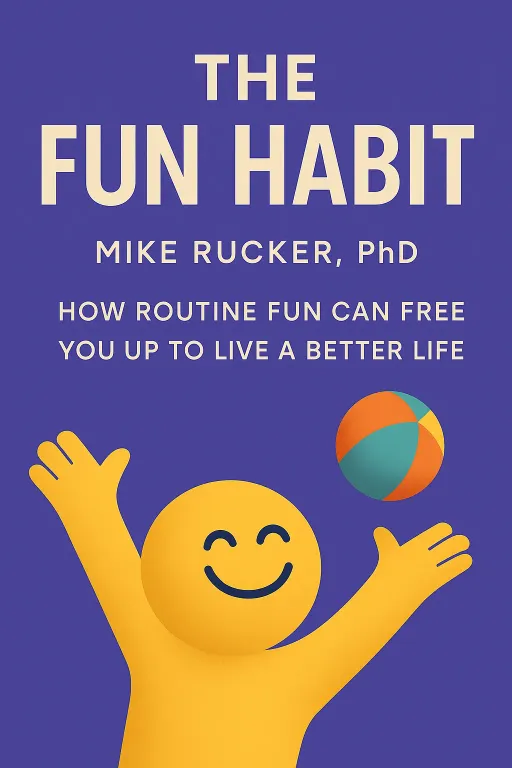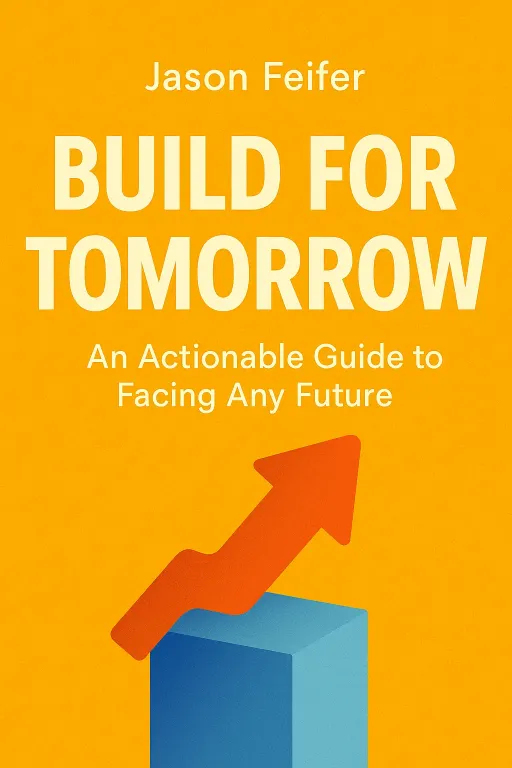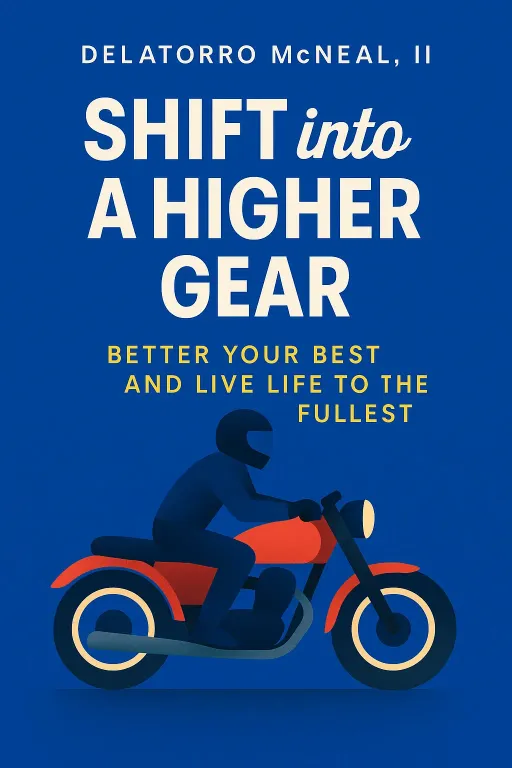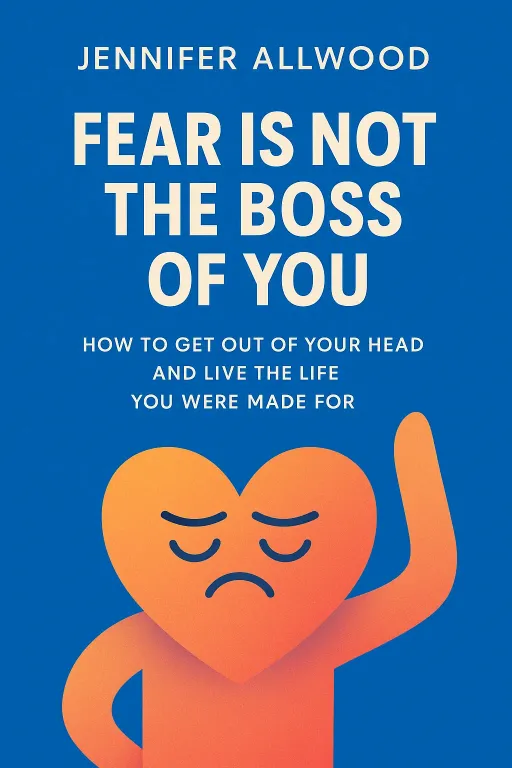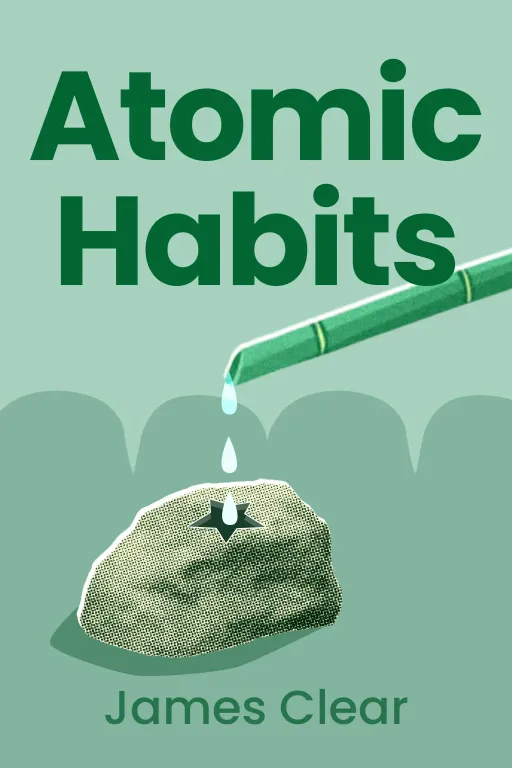
Code Your Habits: Engineering Creativity with Atomic Principles
10 minGolden Hook & Introduction
SECTION
Dr. Celeste Vega: Vera, as a product manager, you live in a world of constant tension. On one hand, you're pushed to be this fountain of creativity and innovation. On the other, you have sprints, deadlines, and processes you have to follow. It can feel like you're being asked to be both an artist and an engineer at the same time.
Vera Pei: That's the job description in a nutshell, Celeste. It’s a constant balancing act. You want that breakthrough idea, but you also have a release schedule that waits for no one.
Dr. Celeste Vega: Exactly. But what if the secret to mastering both isn't about finding a balance, but about realizing they are two sides of the same coin? That the most creative people, the ones we admire like Steve Jobs, were actually masters of systems?
Vera Pei: That’s a fascinating way to put it. We tend to think of systems as rigid, and creativity as free-flowing. The idea that one fuels the other is... well, it's a paradigm shift.
Dr. Celeste Vega: It is! And that's exactly what we're exploring today through the lens of James Clear's 'Atomic Habits.' We're treating it as an operating manual for human behavior. Today we'll dive deep into this from two perspectives. First, we'll explore how to build a 'compounding engine' for success by focusing on systems over goals.
Vera Pei: I like the sound of that. The 'Agile methodology for your life.'
Dr. Celeste Vega: Precisely. Then, we'll discuss the ultimate life-hack: changing your habits by first changing your identity. So, welcome to the show, Vera. I'm so excited to unpack this with you.
Vera Pei: Thanks for having me. I’m ready to get my mental source code rewritten.
Deep Dive into Core Topic 1: Systems Over Goals
SECTION
Dr. Celeste Vega: Alright, let's jump right in. The first big, counterintuitive idea from Clear is this: Forget about goals. He argues that we should focus on systems instead. Vera, in your world of product roadmaps and KPIs, that must sound both familiar and a little radical, right?
Vera Pei: It does. Goals are everything. 'Increase user engagement by 15%.' 'Ship X feature by Q3.' But I also know the pain of being so fixated on a goal that you miss opportunities or burn out the team. The system... the 'how' we get there... that's where the real magic, or the real misery, happens.
Dr. Celeste Vega: That's the core of it. Clear says, "You do not rise to the level of your goals. You fall to the level of your systems." The most powerful example he gives is the transformation of British Cycling. For a hundred years, they were the definition of mediocre. They'd won a single gold medal since 1908. Bike manufacturers wouldn't even sell them gear because they didn't want to be associated with their poor performance.
Vera Pei: Wow, that's a bad reputation.
Dr. Celeste Vega: A terrible one. Then, in 2003, they hired a new performance director, Dave Brailsford. His strategy was something he called "the aggregation of marginal gains." He believed that if you improved every single tiny thing that goes into riding a bike by just 1 percent, the gains would compound into a remarkable increase in performance.
Vera Pei: So this wasn't about one big, heroic training push.
Dr. Celeste Vega: Not at all. It was about the tiny details. They redesigned the bike seats to be more comfortable. They tested different massage gels to see which one led to the fastest muscle recovery. They hired a surgeon to teach the riders the most effective way to wash their hands to avoid getting sick. They even painted the inside of the team truck white.
Vera Pei: Wait, why white?
Dr. Celeste Vega: To spot tiny specks of dust that could get into the finely tuned bike mechanics and degrade performance. It was that granular. And at first, it seemed pointless. But the results were staggering.
Vera Pei: I'm guessing it worked.
Dr. Celeste Vega: It was an explosion. In the 2008 Beijing Olympics, they won 60% of the available gold medals. In 2012, they set nine Olympic records. A British cyclist finally won the Tour de France, and they went on to win it five times in six years. They became the most dominant force in the sport, all by focusing on the system of 1% improvements, not the goal of 'winning the Tour de France.'
Vera Pei: That's incredible. It's the ultimate A/B test on an entire organization. We do this on a micro-level in product design—changing a button color to improve conversion by 0.5%—but applying it to is a game-changer. It reframes innovation not as a single 'eureka' moment, but as a system of continuous discovery.
Dr. Celeste Vega: Exactly! And Clear calls this the 'compound interest of self-improvement.' Just like money, the effects of your habits multiply. Getting 1% better every day doesn't mean you're 365% better at the end of the year. Because of compounding, you're nearly 37 better.
Vera Pei: That's a powerful mental model. But it brings up a question for me. How do you apply this to something less quantifiable, like team creativity? It's easy to measure a cyclist's speed, but not so much an engineer's innovative thought. Is the system just 'try to be 1% more creative'? That feels a bit fuzzy.
Deep Dive into Core Topic 2: Identity-Based Habits
SECTION
Dr. Celeste Vega: That's the perfect question, Vera, and it leads directly to the second, and arguably more powerful, idea in the book. The 'how' becomes easier when you focus on the 'who.' Clear argues that true behavior change is change.
Vera Pei: Okay, unpack that for me. Hacking my identity.
Dr. Celeste Vega: He describes three layers of change. The outermost layer is changing your —losing weight, publishing a book. The middle layer is changing your —your habits and systems, like going to the gym or writing every day. But the deepest layer, the core, is changing your —your beliefs, your self-image.
Vera Pei: And most people start from the outside in. 'I want to lose 10 pounds.'
Dr. Celeste Vega: Exactly. But that's fragile. The most powerful approach is to start from the inside out. He gives this brilliant example: imagine two people trying to quit smoking. Someone offers them a cigarette. The first person says, "No thanks, I'm trying to quit."
Vera Pei: Okay, that sounds reasonable.
Dr. Celeste Vega: But listen to the second person. They say, "No thanks. I'm not a smoker."
Vera Pei: Ah. I see it. The first person still identifies as a smoker who is resisting. The second person's identity has already changed. The behavior just follows the identity.
Dr. Celeste Vega: Precisely! It's a fundamental shift. Clear says, "Every action you take is a vote for the type of person you wish to become." So, if you want to be a writer, the goal isn't to write a book. The goal is to a writer. And every time you sit down and write one sentence, you are casting a vote for that identity.
Vera Pei: Wow. So, to answer my own question from before, the system for creativity isn't a checklist. It's about creating an environment where every team member can ask, 'What would an innovative team do right now?' Would they hold another meeting, or would they build a quick prototype and test it? It shifts the focus from a task to a state of being.
Dr. Celeste Vega: You've got it. He tells another story about a man who lost over 100 pounds. His whole strategy was to just ask himself, throughout the day, "What would a healthy person do?" Would a healthy person take the elevator or the stairs? Would they order fries or a salad? He started casting votes for his new identity, and eventually, he became that person.
Vera Pei: This feels very much like the Steve Jobs ethos you mentioned earlier. He didn't just want to elegant products; Apple's identity elegant design. Every decision, from the choice of font to the feel of the packaging, was a vote for that identity. It wasn't just an outcome; it was who they were.
Dr. Celeste Vega: That's the perfect analogy. The goal isn't to; it's to. The outcome is just a lagging measure of your identity. You're not chasing a result; you're embodying a standard.
Vera Pei: This is a much more empowering way to think about self-improvement and even leadership. It’s not about nagging your team to be more innovative. It’s about defining 'we are an innovative team' and then collectively deciding what actions vote for that identity. It builds self-confidence from the inside out.
Synthesis & Takeaways
SECTION
Dr. Celeste Vega: So, when we put it all together, we have these two incredibly powerful ideas. First, build compounding systems with tiny, 1% improvements. Second, anchor those systems in the identity you want to embody.
Vera Pei: It's about being an architect of your habits, not just a follower of them. You design the system that builds the person you want to be. It's proactive, not reactive. It's engineering your own evolution.
Dr. Celeste Vega: I love that, 'engineering your own evolution.' So for everyone listening, especially those of you like Vera who are building things, whether it's products or your own life, here's the takeaway. Don't start by asking 'What do I want to achieve?'
Vera Pei: Start by asking, 'Who do I wish to become?'
Dr. Celeste Vega: And once you have that answer...
Vera Pei: Then you ask, 'What's the two-minute action I can take that casts a vote for that identity?' Maybe it's not 'innovate a new feature,' but 'spend two minutes reading about a new technology.' That's a vote for being a learner. Or it's not 'be a better partner,' but 'send one text just to say I'm thinking of you.' That's a vote for being a thoughtful person. And that's where it all starts.
Dr. Celeste Vega: The smallest viable action that proves your identity to yourself. Vera, this has been fantastic. Thank you for bringing your product manager's brain to this.
Vera Pei: My pleasure, Celeste. This has given me a whole new framework to think with. It’s time to start casting some new votes.

